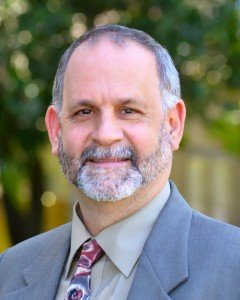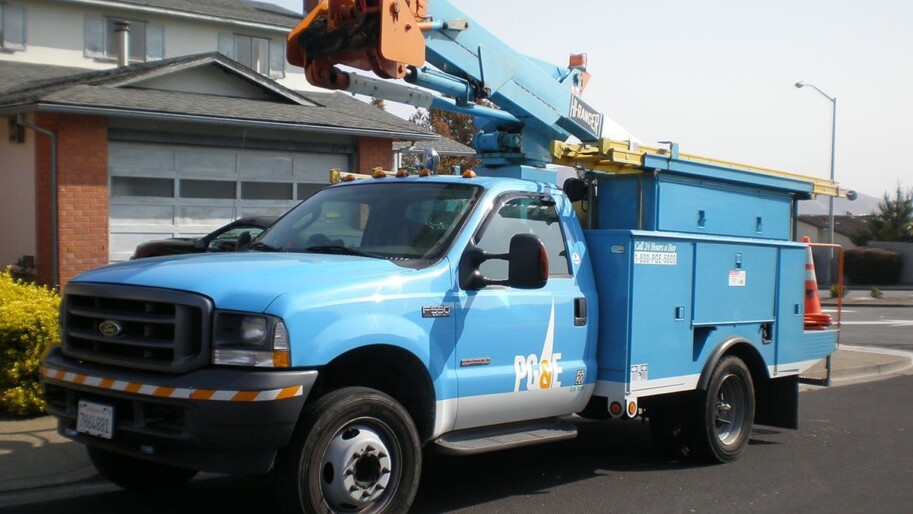On Tuesday, January 29, PG&E filed for protection under Chapter 11 bankruptcy law. The broad outline of the story, as most The Climate Center e-news readers are probably aware, is that as a result of utility equipment being pinpointed as a cause of many of the wildfires over the past two years, PG&Es’ liabilities outstrip its assets many times over. What does this bankruptcy mean for energy customers, communities, and California doing its part to address the global climate crisis?
Customers and wildfire victims
It is reasonable to expect that no service disruptions will occur as a result of the bankruptcy – contingencies exist to keep the lights on. However, customers can expect their electricity bills to go up partly because PG&E will pass along some of the costs likely to be incurred from liability for wildfires. And there is no reason to believe that Community Choice agency (CCA) customers are in any kind of unique or differing situation compared to PG&E bundled customers (customers who have opted out of their CCA or live in PG&E service territory where there is no CCA). Additionally, customers who are also wildfire victims with claims against PG&E may be at risk of smaller payouts, and those of limited economic means, as always, face the greatest degree of uncertainty and suffering.
One area where there may be a silver lining is in regard to “exit fees” – which CCAs in PG&E territory pay to PG&E for power purchased on their behalf years ago (before they exited to become CCA customers). The fee pays for power contracts, mostly renewables, that were struck 10 to 15 years in the past, when renewable energy was much more expensive. So these contracts are all above current market prices. Some contend that they were always above-market prices.
Although it would be a complex and controversial affair to renegotiate these contracts for lower rates, a bankruptcy is where and when this kind of thing would most likely happen, and doing so should benefit all electricity customers, CCA and PG&E alike. We are all paying those above-market costs. While some experts are adamant that these contracts cannot and should not be abrogated, others argue that the unprecedented nature of the dynamics we are facing should be taken into account and renegotiating these contracts should be considered. A PV Magazine article features the two points of view.
The Climate
Many experts whose thinking is largely stuck in the 20th century paradigm of big centralized generation, big transmission, and helpless ratepayers (not customers with a choice, but captive ratepayers) who just pay the bills and dare not ask too many questions, assert that we need to keep the big utilities as is in order to develop big renewables. They are saying we cannot let PG&E fail, with its ability to advance large scale renewables and other climate-addressing projects and programs. They’ve got it all wrong. They are ignoring the global transformation that is going on all around them.
Communities
The central station model is dying and is being replaced with a dynamic, decentralized, democratized, digitized, and decarbonized system where ratepayers are being transformed not just into customers with more choices, but also into clean generators and managers of their own electricity use. This empowers people to enrich their own communities instead of funneling dollars away to private shareholders via private utilities.
With the advent of practical and affordable energy storage, this trend will only grow. We don’t need a U.N. agreement to roll out the response, the response is already occurring. At the local level, the best vehicle for navigating the transition to a localized energy paradigm is Community Choice Energy. The state should recognize this and should work with all of the stakeholders including CCAs to strengthen their role in advancing the new paradigm.
Some have referred to the looming PG&E bankruptcy as among the first large climate bankruptcies. This may well be true. It may also be true that opportunities may emerge in the process that will enable communities to leap forward into the new clean decentralized energy system that can also by the way, be far more resilient against future calamity of any sort, if it is designed well with self-sufficient and islandable mini-grids, among other things (Islandable means able to disconnect from the larger grid and keep functioning).
We are closely tracking the bankruptcy story as it continues to break. We are in the early days. Check back at both The Climate Center’s e-news and Clean Power Exchange’s e-news as the story unfolds.


